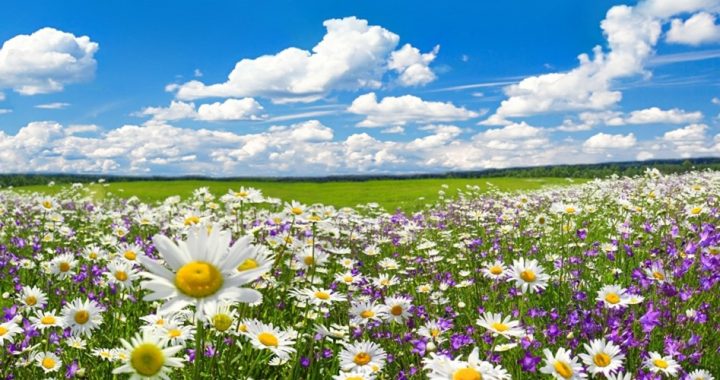
Following a telephone conversation with China’s President Xi Jinping on February 7, Donald Trump tweeted: “He feels they are doing very well, even building hospitals in a matter of only days. Nothing is easy, but he will be successful, especially as the weather starts to warm & the virus hopefully becomes weaker, and then gone.”
Evidence is mounting that President Trump is right, that with warmer temps and higher humidity, the COVID 19/coronavirus will fade into an historical footnote.
Trump was likely referring indirectly to a study published by S&P Global Ratings just three days earlier, which posited both a “worst-case” and a “best-case” scenario for the virus. In the worst case, the spread of the virus is expected to stop in late May. In its best case, the ratings agency expected the outbreak to end in March.
The agency also expected various governments — federal, state, and local — to intervene massively, offering subsidies and tax cuts to cushion the impact of those mandates on economic activity along with strictures on personal freedoms.
Analysts at Jeffries Group, a financial and investment advisory service, published an encouraging graph based on their study of the impact of weather on other coronavirus cases in both temperate (i.e., middle latitudes) and tropical and subtropical climates. They stated that the result — that other coronaviruses thrive in temperate zones but die in warmer climates — “is consistent with the fact that the high temperature and high humidity significantly reduce the transmission of influenza. It indicates that the arrival of summer and [the] rainy season in the northern hemisphere can effectively reduce the transmission of the COVID-19” virus.
Even skeptics such as Marc Lipsitch, professor of epidemiology at Harvard, admitted that “we may expect modest declines in the contagiousness of the [virus] in warmer, wetter weather.” And those declines may be hastened by “intense public health interventions … [such as] isolating cases, quarantining their contacts, [and recommending or mandating] a measure of “social distancing.”
Wrote Lipsitch:
In the winter, the outdoor air is colder, and the air is dryer, usually both indoors and out. For influenza, it has been elegantly shown in the lab that absolute humidity — the quantity of water vapor in the air — strongly affects flu transmission, with drier conditions being more favorable [to that transmission]….
It is safe to say that in temperate countries, dry cold air = favorable conditions for flu transmission.
There’s the human factor as well:
In the winter humans spend more time indoors, with less ventilation and less personal space than outdoors in the summer….
[For example] the 2009 pandemic flu in the United States was very much decreased during the summer, and then came back rapidly in September.
Compromised immune systems may also play a role in the spread of the virus, said the professor:
It is possible that the condition of the average person’s immune system is systematically worse in winter than summer….
Melatonin, which has some immune effects … varies seasonally. Another with more evidence is that Vitamin D levels … modulate our immune systems in a positive way.
Concludes Lipsitch: “Even without any seasonal activity, infectious disease epidemics rise exponentially, level off, and decline.”
More powerfully supporting the president’s tweet is a study, released March 9, by four Chinese scientists and professors who also studied the matter. They concluded that “high temperature and high relative humidity significantly reduce the transmission of COVID-19 [which] is consistent with the fact that the high temperature and high humidity significantly reduce the transmission of influenza.”
Once the coronavirus has faded into history, its impacts, both positive and negative, are likely to remain. The positives include the increased interest in homeschooling, the more widely appreciated advantages of working from home, better health practices, and a “reality” check for those who haven’t lived through a situation like this.
Among the negatives is the unwillingness of governments — federal, state, or local — to return to their citizens all the prerogatives it seized from them once the crisis is past.
Image: yanikap via iStock / Gettly Images Plus
An Ivy League graduate and former investment advisor, Bob is a regular contributor to The New American, writing primarily on economics and politics. He can be reached at [email protected].
Related article:
Trump Administration’s New Coronavirus Guidelines: Do They Make Sense?



